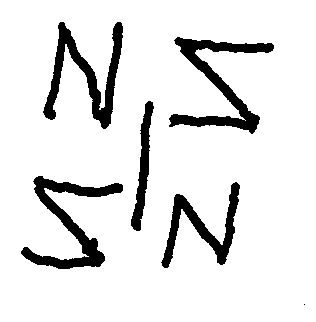
After careful observation of the Alhambra in Granada, B Grünbaum, Z Grübaum and G C Shepherd [same journal, Part B 12 (1986), no. 3-4, 64-643 = I Hargittai, (ed.), Symmetry Unifying Human Understanding Pergamon 1986 (1986); MR87k: 05056] concluded that, although the Moorish decorators used 13 of the 17 wallpaper groups, they never used the remaining four, namely p2, pgg, pg, p3m1. The author claims to have found evidence of the missing groups. His figure 1 does seem to establish half-turens that generate p2, but Figure 2, which is intended to be helpful, is incorrectly drawn. (Compare the crossed strips at D with the corresponding pairs higher up.) Figure 4 clearly has the group pgg, and Figure 6 has pg, But his claim for p3m1 (which is generated by reflection in three sides of an equilateral triangle, not a rotation and two translations) is questionable. It may now be reasonably asserted that, among the 17 groups, the Alhambra lacks only p3m1. On the other hand, B Grünbaum et al. [op. cit., Figure 8] found this group in a wall decoration from a synagogue in Toledo (Spain).
H S M Coxeter (Toronto, Ont.)
We can simplify the essence of p2 to (note the bar in the
middle):

This page is maintained by Peter M Lee
Revised 14 June 2005